If you love rose plants, here are some of the best articles, YouTube videos and Instagram accounts to help you grow the perfect blooms. Whether you choose a variety specifically for its scent, colour, shape or growing habit, these expert tips will help you to grow the most magnificent climbing, rambling, floribunda or hybrid tea roses.
Contents:
- Best advice on which rose to choose
- Best advice on planting roses
- Best advice on caring for your roses
- Best advice on pruning roses
- Best advice on roses pests and diseases
Best advice on which rose to choose
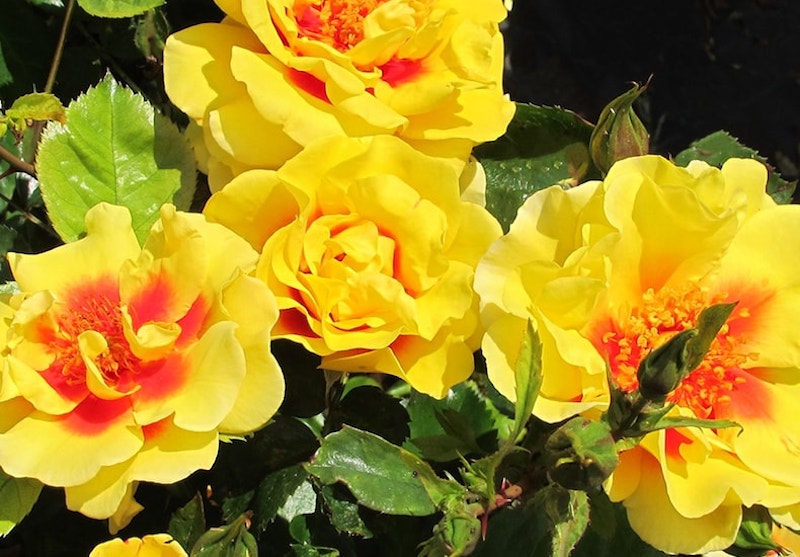
Image: Rose ‘Peter’s Persica’ (Climbing Patio) from Suttons
If you’re looking for the perfect rose for a mixed flower border, Marie from Plews Garden Design recommends a hybrid tea rose. Their long stems and leafless understory can be generously underplanted with other blooms, while their ability to flower repeatedly makes them a winning choice. Planting a new ornamental edible garden border? Marie recommends a mix of “hybrid tea roses, thyme, lavender, beetroot, chives and mini cucumbers on an obelisk.”
Stuck for choice? Turn to Alexandra Campbell at The Middle Sized Garden for expert rose growing tips. Sharing practical insider knowledge gleaned from an interview with Hever Castle’s head gardener, Neil Miller, she says that choosing the right rose for your garden begins with assessing the location in which it will grow. But if you do get it wrong and your rose doesn’t thrive, simply dig it up during the dormant season and move it to a new spot. Alexandra’s photos of Hever’s rose garden are stunning.
If you don’t think you have enough space for a rose garden, think again, says Miruna from Garden Beast. In her miniature roses guide, she explains that mini roses are just the same as regular ones, they’ve just been selectively bred to stay tiny! The perfect flower for window boxes or balconies.
Best advice on planting roses

Image: Rose ‘Laura Ford’ from Suttons
Lee Burkhill, aka Garden Ninja, says that bare root roses are a quick and cost-effective way to stock up your garden. Bought and planted through the winter months, he explains that bare roots are easy to grow and environmentally-friendly. Because they’re dormant they require very little watering, unlike their container-grown counterparts that are planted out in the spring or summer. See Lee’s article for his top bare root rose planting tips.
When you plant your bare root roses, try to get the bud union (the point where the scion is grafted onto the rootstock) under the soil surface. Carol and Steve Lucey of Honeypot Flowers have been doing this for years with great results. To bury or not to bury the grafting union is a hot debate with rose growers, well presented here by this expert couple.
Tanya’s website Lovely Greens is a wealth of sound planting advice. She also advises planting your bare root roses so that the bud union between the green stems and the roots is 1-2 inches under the soil. She says, “if the bud union is out of the ground, then not only do the stems whip around, but so do the roots. This can cause lasting damage to the plant.”
If you want to plant a rose in spring or summer, you’ll need a container grown plant, says John at Pyracantha. When you plant climbing roses, remember to provide a trellis or lattice because they’re not self-clinging like other climbers. And make sure your structure’s large enough, says John. Some climbing roses grow up to 10 feet tall and require sturdy support.
Best advice on caring for your roses
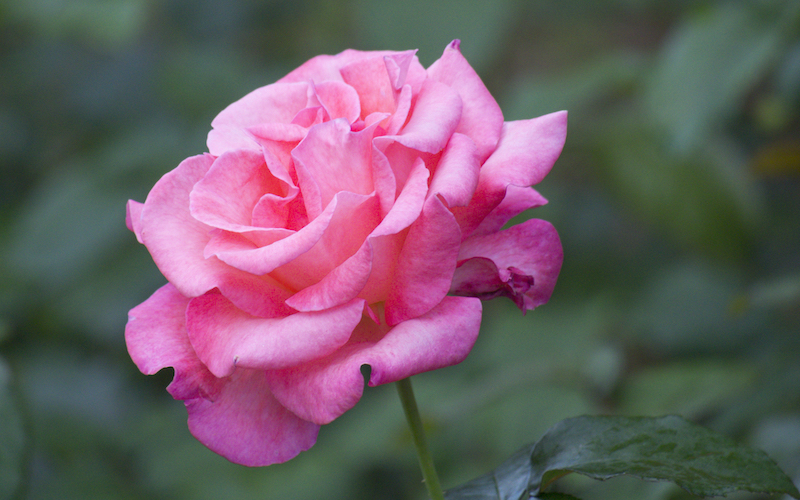
Image: Rose Breeders Choice Pink from Suttons
During the summer months, your roses need a big bucket full of water at least once a week, says Liz of Byther Farm. Apart from deadheading, this is the most important care tip she’s learnt from tending the roses in her garden. Watch her excellent video for more practical advice and a peek at her magnificent roses!
“Apply some well rotted manure or rose feed a couple of times of year,” says Rebecca from Rolltops & Roses. The best time to feed your roses? Once in spring and once after the first flush of flowers, she says. Check out her gorgeous roses to see the effects for yourself.
Is your rose producing a very long shoot from the ground? It’s probably a rose bush sucker, says John at Pyracantha. Get rid of rose suckers by digging around the bush and carefully cutting off the offending root. Read his full article to find out why.
If you want your rose to keep flowering instead of producing rosehips, you’ll need to know how to deadhead the spent blooms. This step-by-step video over at Gardening at 58 North provides a great tutorial. Wherever possible, cut the spent roses back to the next outward-facing leaf node – this encourages the new shoots to grow up and away from the middle of the plant, avoiding congestion and disease.
Over at The Enthusiastic Gardener, Janette’s beautiful roses bloomed until November due to her diligent deadheading in the summer. Her tried and tested method involves cutting the flower head back to the first leaf with five leaflets. Check out her YouTube channel for loads of great gardening advice from Essex.
Best advice on pruning roses
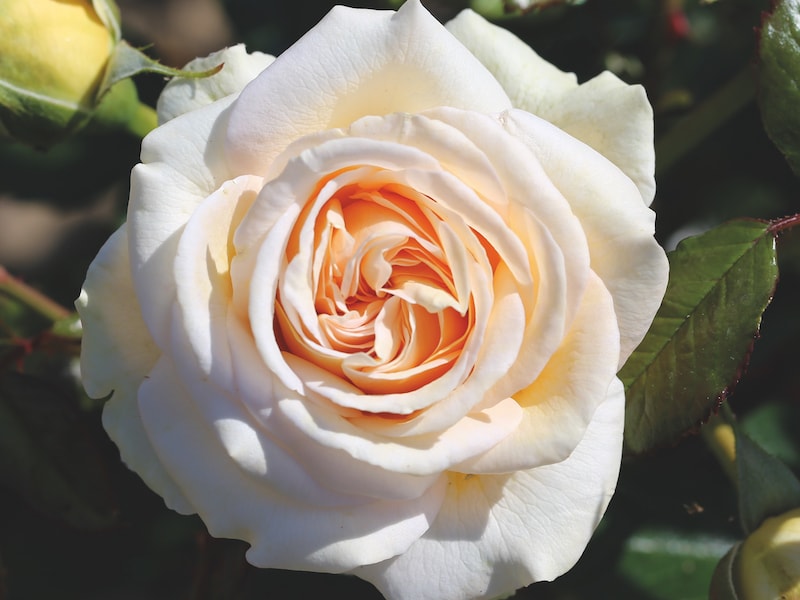
Image: Rose Plant – Timeless Cream from Suttons
Pruning climbing roses is a little different to other varieties, as explained by Paul over at his YouTube channel Paul T’s World. He removes all the weak growth along with all the stems that have flowered so that he’s left with just three to five main stems. By bending the main stems over, he encourages lots of new flowering shoots for next summer.
“Roses flower better the lower and more horizontal you can keep them, this is why if climbers are left without maintenance they can become very woody at the bottom and only flower at the ends,’ says Mark of Mark Payne Landscape Design. He recommends training stems in when they’re still young and flexible to encourage low horizontal spirals. See his full article to learn how to prune correctly, and why it matters.
Don’t prune your roses in late summer if you want to leave the hips for wildlife or use them in the kitchen, says Marie at Plews Garden Design. Instead, wait until the following spring. To work out the best time to prune your roses, it’s important to know which type you have, says Marie. Read her full article about when to prune roses for specific advice.
Don’t worry if your rose is a bit neglected. Even if you don’t know exactly what variety it is, you can quickly regenerate it with some prudent pruning. Visit Roger Crookes’ YouTube channel to watch him bring a very neglected, 21-year old bush back to life with an autumn tidy up.
Best expert advice on roses pests and diseases
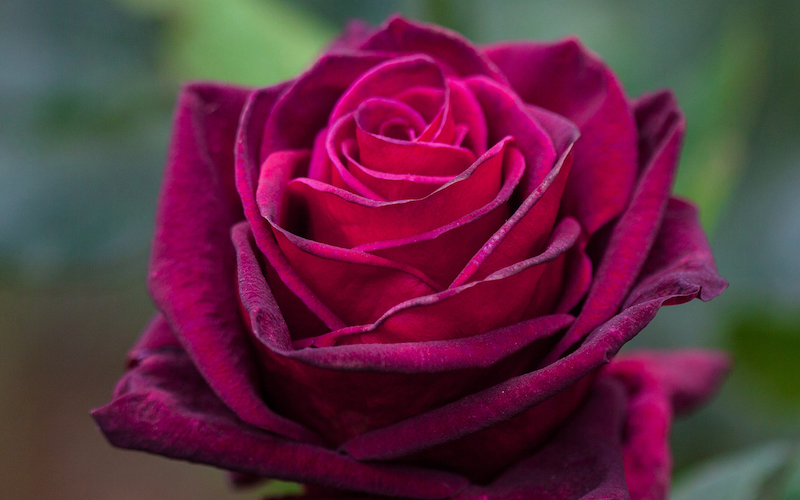
Image: Rose ‘Scented Double Purple’ from Suttons
Blackspot is a fungal disease that spreads in wet weather, says Roger over at his eponymous YouTube channel, Roger Crookes. If you hate using chemicals in the garden and want a gentle, organic way of stopping the disease in its tracks, watch his video on how to control blackspot on roses. He stops it from spreading by removing the infected leaves. “Basically you’re removing the source of re-infection,” he says.
If you feel you need something a bit stronger to treat your blackspot, use a homemade fungicide like Lee over at Project Diaries. There’s no need to buy expensive chemicals. Lee’s organic solution is made from household items like bicarbonate of soda and oil. And to see how to apply the solution to your roses, watch his blackspot video for more advice.
We hope this collection of content helps you to grow your own beautiful blooms. Roses bring scent, colour, shape and height to your outdoor space. Whether you have a contemporary courtyard or a cottage garden style planting scheme, roses make an excellent choice. Share your images with us on social media.
Lead image: Rosa ‘Bobbie James’ from Suttons
Last Updated on November 8, 2024 by Suttons Horticultural Team

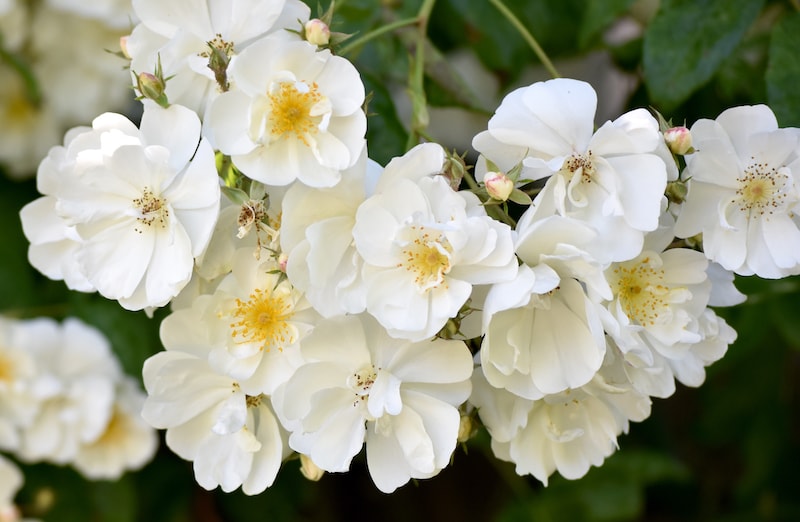




Hi Paul,
Thank you for your email. If you have another email address, please try that one (rather than your @hotmail.com address.)
Best wishes,
Rose
Thank you for mentioning my gardening vlog. I am trying to reply to you using your blog email address but it keeps being blocked as spam and sent back.
How can I respond to your promotion?
Best regards,
Paul
Paul T’s World